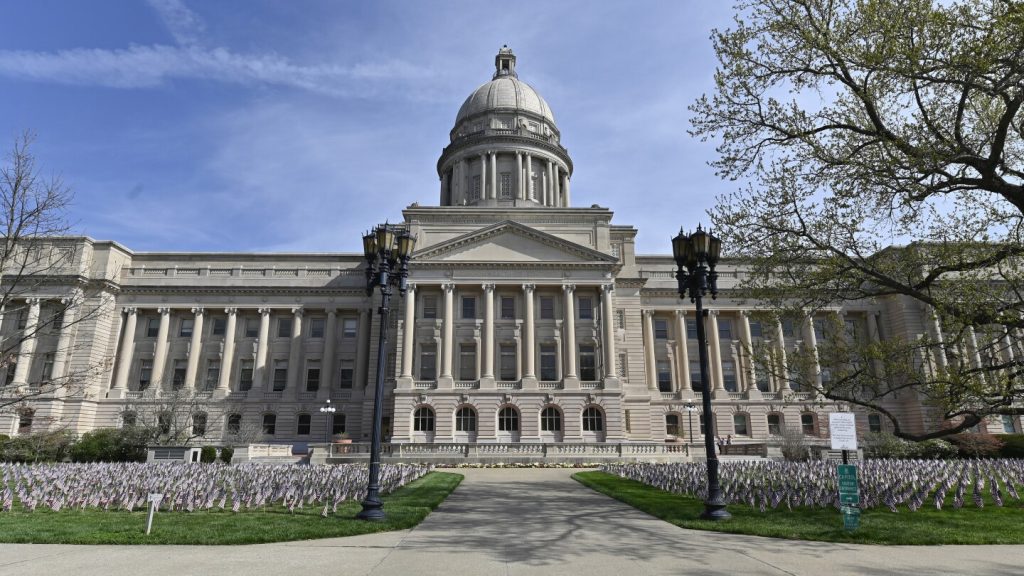All of Donald Trump’s top opponents for the Republican nomination for president will be back on Kentucky’s primary ballot on Tuesday, despite dropping out of the race weeks ago. Candidates such as Florida Gov. Ron DeSantis, former U.N. Ambassador Nikki Haley, entrepreneur Vivek Ramaswamy, former New Jersey Gov. Chris Christie, and pastor Ryan Binkley had suspended their campaigns earlier this year. President Joe Biden’s opponents in Kentucky include author Marianne Williamson and U.S. Rep. Dean Phillips, with an option for Democrats to vote “Uncommitted.” Kentucky voters will also decide six primaries for the U.S. House, including a key race in the 4th Congressional District between Rep. Thomas Massie and Trump supporter Eric Deters.
Kentucky is set to hold its presidential and state primaries on Tuesday, with polls closing at 6 p.m. ET in the Eastern time zone and at 7 p.m. ET in the Central time zone. In addition to the presidential primaries, voters will be selecting nominees for the U.S. House, the state legislature, and the state Senate. The state has a closed primary system, meaning only voters registered with a political party may participate in that party’s primary, and independent or unaffiliated voters are not eligible to participate. Delegate allocation rules differ between Republicans and Democrats in Kentucky, with Republicans dividing their delegates proportionally among candidates who receive more than 15% of the vote and Democrats following national party rules for delegate allocation.
Republican state parties in late primary cycle states usually adopt a winner-takes-all system, but Kentucky Republicans will allocate delegates proportionally. Signs that a candidate other than Trump could reach the 15% threshold to receive delegates may be seen in suburban areas like Louisville and Lexington, which are significant sources of GOP votes in the state. The decision on delegate allocation and primary outcomes will depend on voter turnout and how the candidates perform in different regions of Kentucky. The 4th Congressional District, which runs along the Ohio River, is an area to watch for potential upsets or surprises in the primary races.
Kentucky’s turnout in previous elections indicates the level of participation in primary races, with different percentages of registered Democrats and Republicans casting their ballots. In the 2022 and 2023 primary elections, voter turnout ranged from 6% to 11% among registered voters, with a portion of voters choosing to cast their ballot before election day. Vote-counting in previous elections has been efficient, with results reported shortly after polls close, and the majority of votes counted by the end of election night. The state’s rules for recounts and recanvassing ensure accuracy and fairness in the election process, providing an avenue for candidates to challenge close results.
As the presidential and state primaries in Kentucky approach, the focus is on turnout, delegate allocation, and potential outcomes in the various races on the ballot. With the return of top Republican contenders and a diverse field of candidates in both parties, the primary election will shape the direction of the state’s political landscape. The eyes are on Kentucky as voters head to the polls to make their voices heard in the democratic process, setting the stage for the upcoming general election in November. Follow the latest updates on the election coverage at https://apnews.com/hub/election-2024 to stay informed on the developments in the Kentucky primary and beyond.


